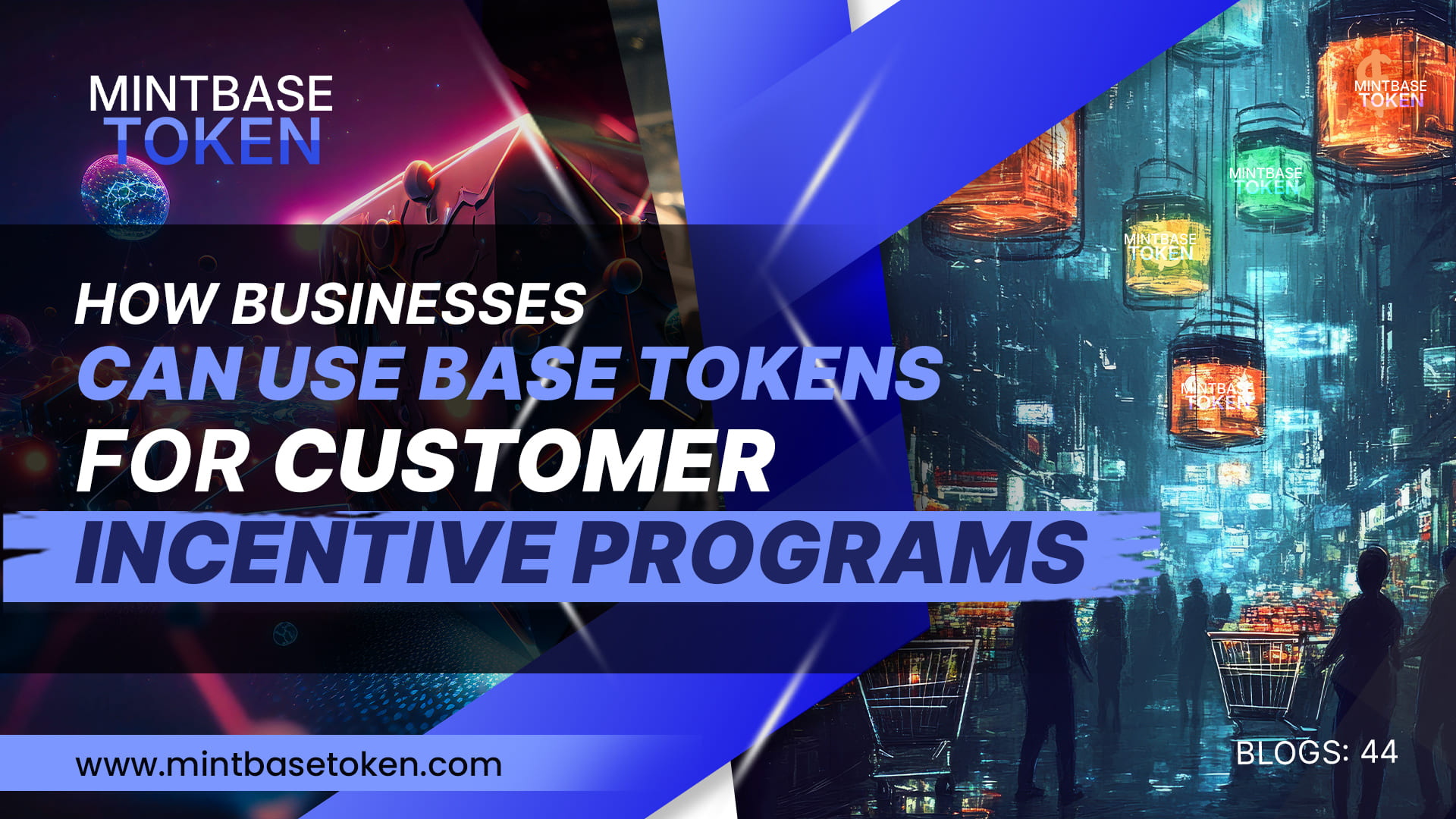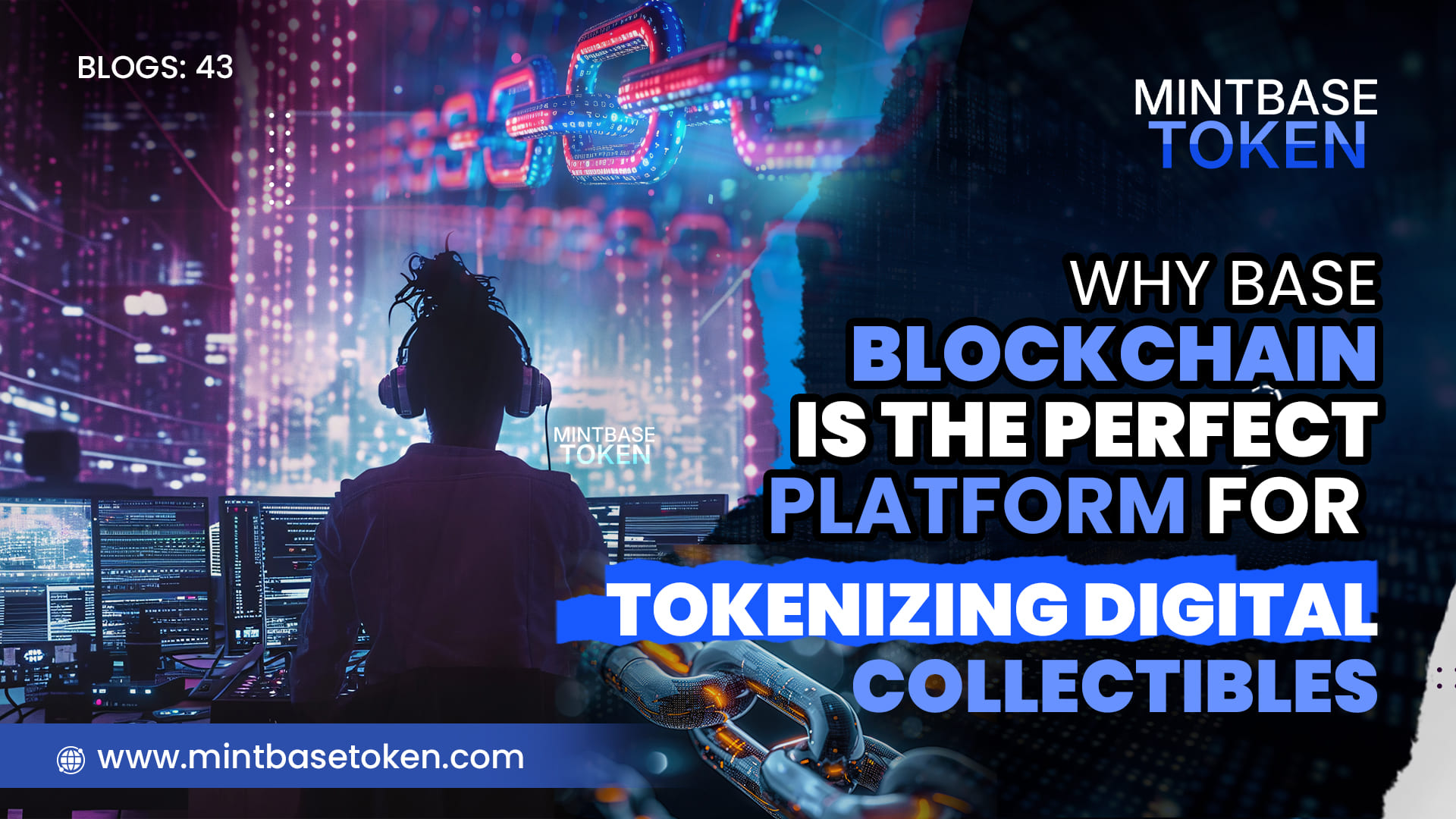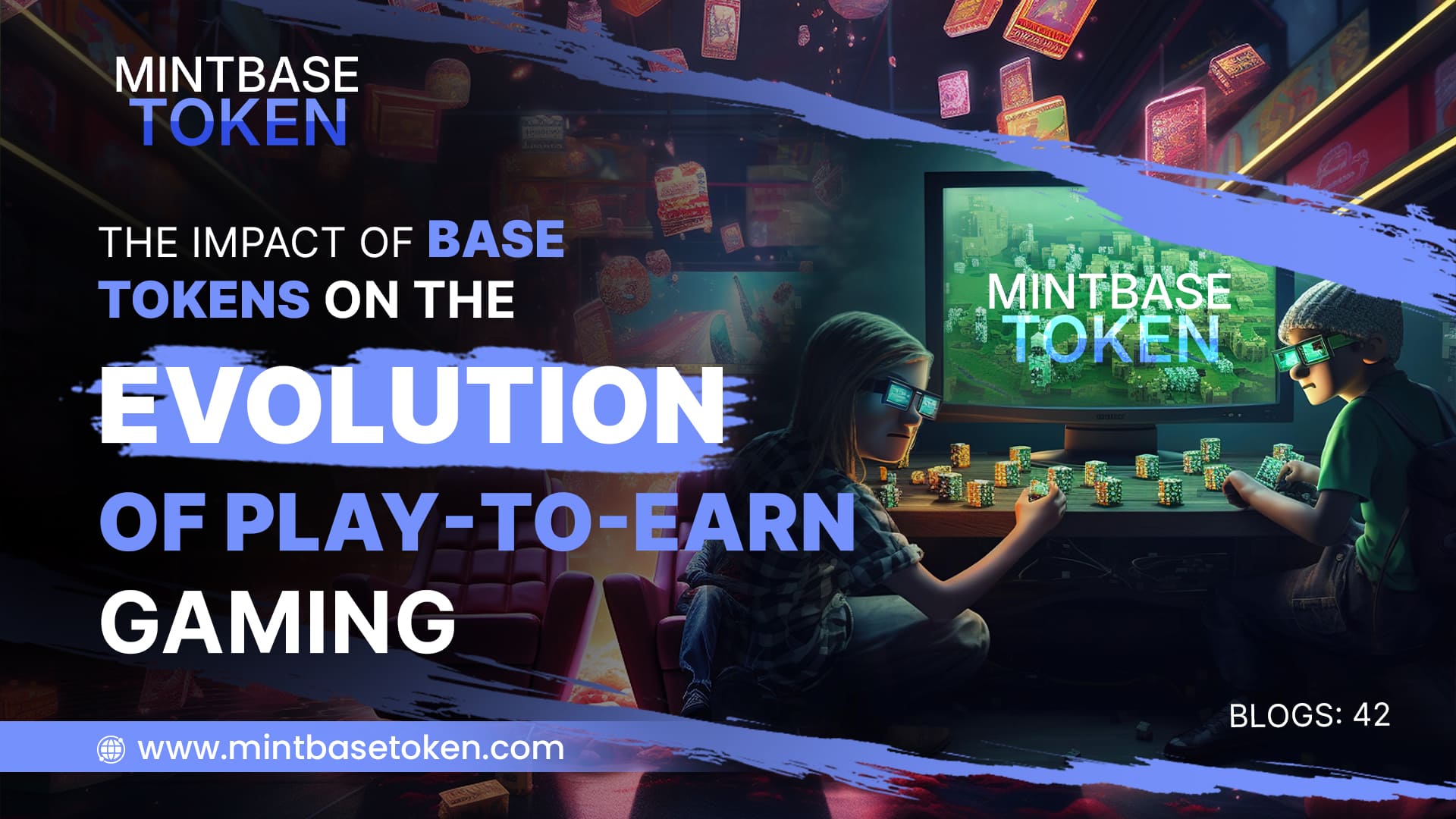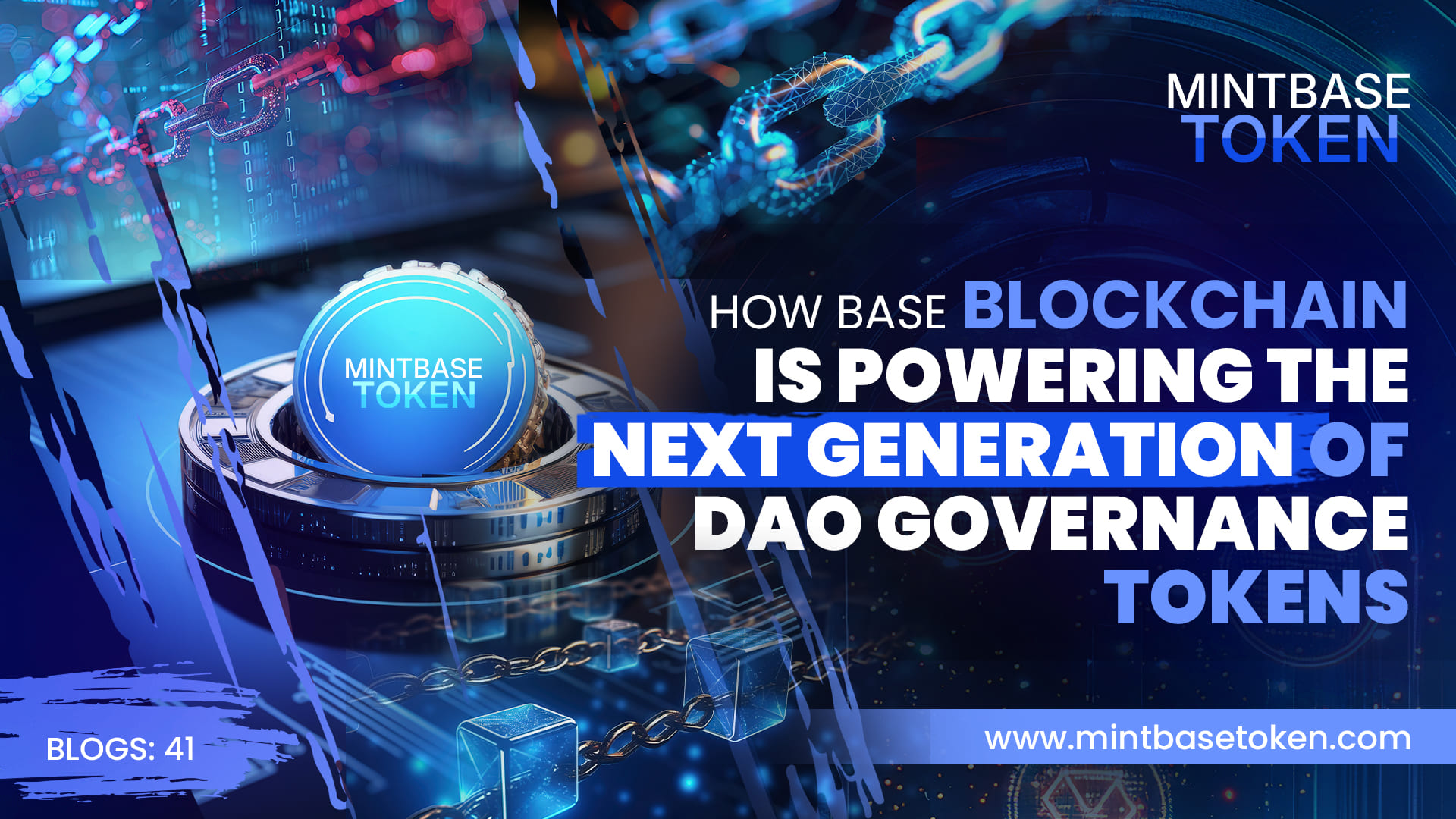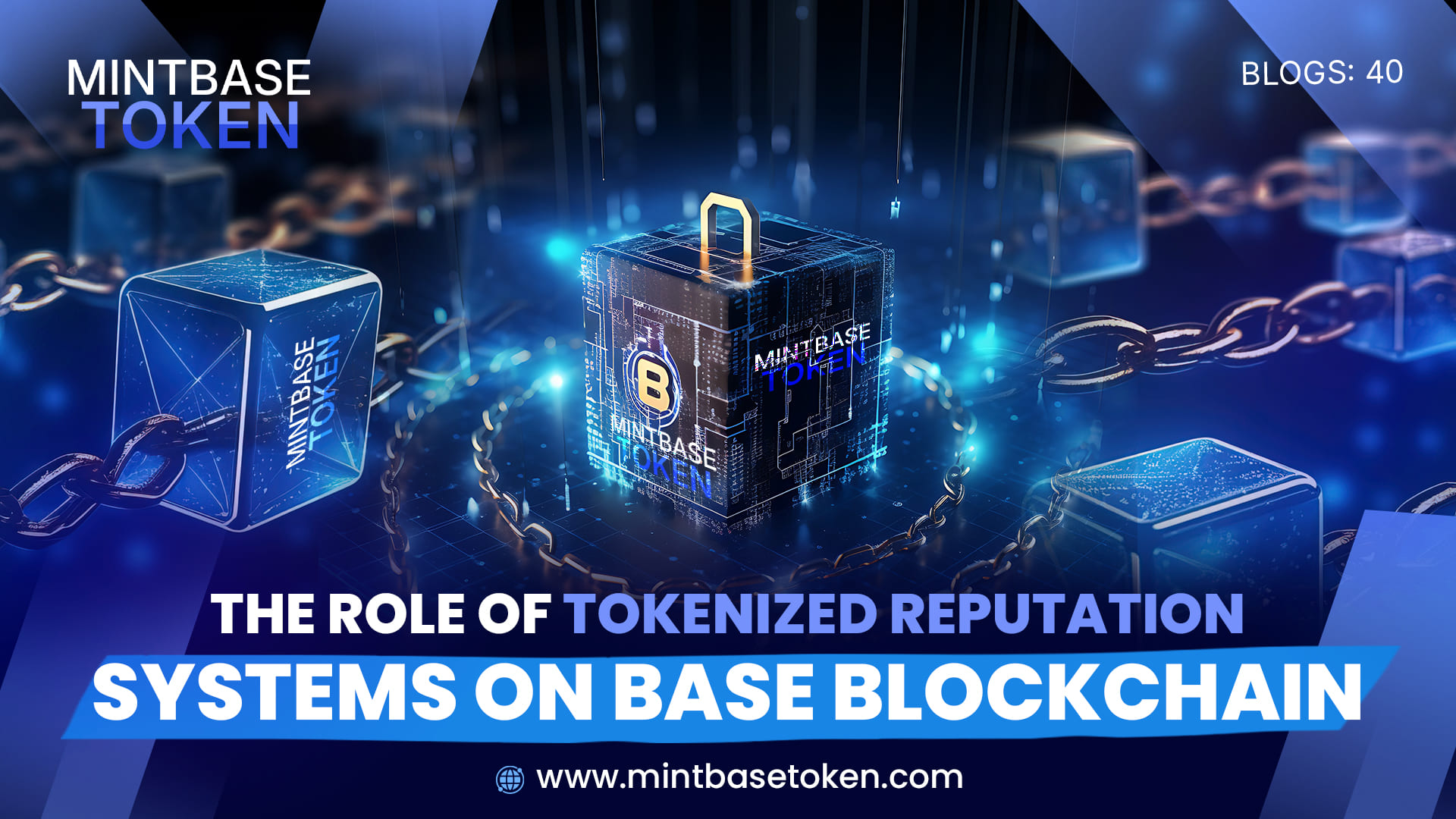March 4, 2025
How Base Blockchain Is Supporting the Future of Tokenized Assets
Tokenized assets are rapidly transforming the way we own, trade, and interact with real-world and digital value. From real estate and art to stocks and in-game items, the tokenization trend is redefining ownership in the digital age. Base, the Ethereum Layer 2 backed by Coinbase, is emerging as a powerful infrastructure layer to support this shift—thanks to its scalability, affordability, and compatibility with Ethereum standards.
What Are Tokenized Assets?
Tokenized assets are real or digital items represented by blockchain tokens. These tokens can be traded, transferred, or used in DeFi protocols just like cryptocurrencies. Tokenization increases liquidity, transparency, and accessibility for assets that were traditionally difficult to divide or trade.
Why Base Is Ideal for Tokenization
Base inherits Ethereum’s security while offering faster, cheaper transactions. This makes it ideal for tokenized asset platforms that require high-volume activity without incurring Ethereum mainnet fees. Whether it’s micro-investments in real estate or dynamic NFT ownership models, Base offers the infrastructure needed for mass adoption.
Interoperability and Ethereum Compatibility
Since Base is fully EVM-compatible, tokenized assets deployed on Base can easily interact with Ethereum tools, wallets, and marketplaces. This cross-compatibility ensures that tokenized projects can tap into a wider ecosystem while enjoying the benefits of Layer 2 scalability.
Regulatory-Ready Infrastructure
Base launchpads and token platforms often integrate KYC, compliance checks, and audit features—making them well-suited for real-world assets that require regulatory clarity. With more governments recognizing the benefits of asset tokenization, Base is positioning itself as a secure, compliant-ready platform.
Real-World Use Cases on Base
In 2025, we’re seeing projects on Base tokenize everything from carbon credits and gaming skins to rental properties and luxury goods. These platforms use Base to mint fractional tokens, automate royalties, and provide users with real ownership that can be transferred or resold on secondary markets.
Conclusion
The Base blockchain is more than just a faster Ethereum—it’s a foundational layer for the next wave of tokenized assets. With low fees, strong security, and seamless compatibility, Base is supporting a new era of ownership, where value can be unlocked, fractionalized, and distributed like never before. As tokenization continues to expand, Base will be a key player in making it scalable and accessible.

